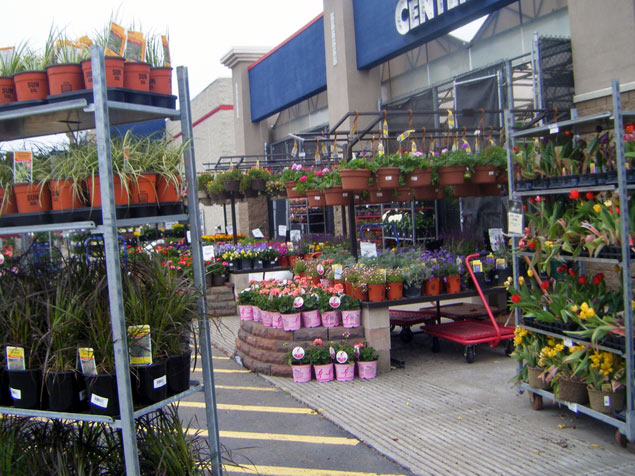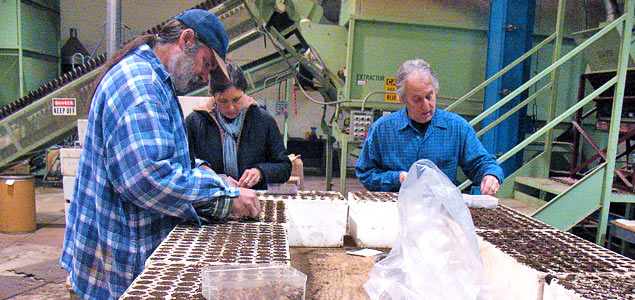Written by Marina French, PLA
Once you’ve decided to buy plants, whether to add to your existing garden or to install a landscape plan, you still have another decision to make: where to buy them.
There are several factors to consider: availability, source, quality & service.
While the cost of buying from a big box store may be lower, the quality of the plants you’re buying may be worse. I'll run through the different trade-offs so you can choose what's most important. And, you might choose to shop at both the big box store and a local nursery — read on to find out what you're paying for with the typically higher prices of a local nursery*.
(Left) Kmart Garden Center by Mike Kalasnik; (Right) Display Beds by Leonora Enking
Bulk Ordering Allows Big Box Stores to Offer Cheaper Plants — but Fewer Types — Than Local Plant Nurseries
Garden Center photo by Bradley Gordon.
A large part of the answer lies in economies of scale. The concept of buying in bulk is something we have all experienced in shopping at stores like Sam’s Club and Costco — a box of Cheerios is cheaper if you buy three at a time. The same fundamentals apply to buying wholesale plants. Big box stores have the advantage of being a large buyer, and they can often get volume discounts on mass-produced plants that a smaller nursery would not be able to get. So, in some cases, a big box store and a smaller nursery may have the exact same plant, from the exact same grower, for a very different price.
The other side to this is the diversity of plants you’re able to buy. Only certain species are available to purchase in bulk, and only certain sizes are available. Since big box stores only buy in bulk, more common and popular plant species will be found there, but rarer and local native species are more likely found at your local nursery. The size of plants available to purchase at a big box store may also be limited compared with a nursery.
Big Box Stores and Local Nurseries May Buy From Different Sources
Sowing seeds into container trays by USFS Region 5
The source of plants may or may not differ between stores, depending on the plant species.
Big box stores buy from wholesale growers located all over the U.S. Plants are grown in a somewhat generic greenhouse environment and are not adapted to any specific climate.
Contrast this to local nurseries that may more often buy from local growers because of smaller order sizes. If a nursery grows their own plants on site or even outdoors, then these plants will be better adapted to that local climate. It’s fair to say that if a plant is doing well at the nursery, then it should do well in your landscape. Growing plants onsite is a greater investment, especially if a grower is willing to experiment (and fail) with new varieties. This increases the cost for the nursery, which funnels down to you.
An interesting thing to consider is that we here in the Pacific Northwest host many large growers who sell plants across the nation. They are local to us, which means if the big box stores buy from big local growers, you may still be buying local. Unfortunately, unless you know someone who works in corporate purchasing, those vendor lists are usually confidential.
But even if the plants at the big box store are from the same source as the local nursery, you may not find them to be in the same condition.
In-Store Care Influences How Well Plants Survive In Your Garden
Typically, you would assume that if the source is the same, then the quality is the same. However, when your product is a living plant, the continued care it receives (or does not receive) after delivery from a grower to a store can greatly affect the quality of the product.
African Violet by Robert Nunnally
For example, let’s take the African Violet. The largest African Violet producer is Optimara, whose greenhouses are in Nashville, TN. If you go to a local nursery and see Optimara violets then they are likely the same Optimara violets you saw at a big box store. There isn’t any difference in how those plants were produced and grown, or how far they traveled to get to you. The difference starts in the attention they receive once they arrive at the store, and the difference in the staff knowledge about the plants.
Walmart Associate Waters Plants in the Garden Center by Walmart Corporate
In the worst-case scenario, the day a plant arrives at a big box store will be the best condition it will ever be in. From that day on, it may no longer get sufficient water, it may not be ideally located (full shade plants could be set out in the full sun), and it may even be mislabeled.
Some well-known big-box stores have recently received some serious bad press for selling plants pre-treated with Neonicotinoid — a toxic pesticide that is thought to contribute to bee population decline and has been banned in Oregon and Europe. Even worse — these are labeled “bee-friendly” plants based on their attractiveness to bees. Worst species highlighted were Gaillardias and Tomatoes.
Contrast this with an independent or smaller nursery that waters and feeds their plants, are trained to spot pests or diseases, and carefully places them in ideal locations. In this scenario, plants continue to grow larger and fuller, but this added care and trained labor costs money, reflected by the higher cost of a plant from the local nursery.
Trained Staff Keep Plants Healthier — and Help Teach You about Your New Plants
Youth Gardeners, MYPE by Social Traders Australia
A local nursery is more likely to employ staff with knowledge of plants and plant care. They will not only monitor plant health, they will know how to prune plants to maximize blooms or re-pot plants when they’ve outgrown their pots.
Knowledge has value, and even though the nurseryman isn’t going to say to you, with his palm outstretched, “$5 and I’ll tell you which shrub is the lowest maintenance!” that cost is woven into the cost of each plant.
Many local nurseries also have the added amenity of display gardens, where you can browse examples of plants in a mature garden setting.
Where to Find Quality Nurseries
You can find quality nurseries to buy your plants on the Great Plant Picks Nursery Directory. If you are looking for native plants, by volunteering at a native plant salvage you can bring home plants for yourself as well. There are also native plants sales put on in the fall and the spring by the Washington Native Plant Society, King Conservation District and Eastside Audubon, among others.
The Verdict: It Depends!
It’s not always a clear-cut case of paying more money to get higher quality. But knowing a bit about the plants you plan to buy can help you decide how much you are willing to pay and why.
* I realize I am not addressing the factor of supporting local businesses for broader, sustainability reasons.
This is part two of a three-part series by restoration designer and landscape architect Marina French. Check out the other installments in this series.
Part 1: Why are plants priced the way they are?
Part 3: Tips for saving costs on plants.













